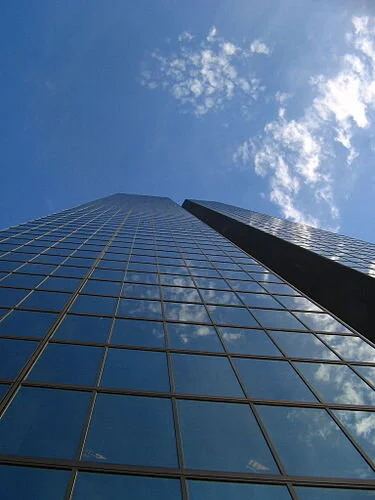The lack of ornamentation, or other breaks along the surface, on Boston’s 200 Clarendon Street (aka Hancock Tower) skyscraper here, the city’s tallest, is said to worsen the local wind-tunnel effect.
From Robert Whitcomb’s “Digital Diary,’’ in GoLocal24.com
What a nice feeling it is after a windy cold morning to feel the sun on your face after the wind drops off.
Boston is the windiest major city in the United States, partly because it’s on a stretch of ocean frequented by intense storms. The blasts sure hit you in the wind-tunnel effect in the mix of skyscrapers and much older buildings downtown, and in the growing but perhaps eventually imperiled-by-sea-level-rise Seaport District. Very off-putting. The wind-tunnel effect is serious enough that building codes and designs may have to be adjusted in downtown Boston. Architects and city planners are working on the problem. I love many skyscrapers but…
